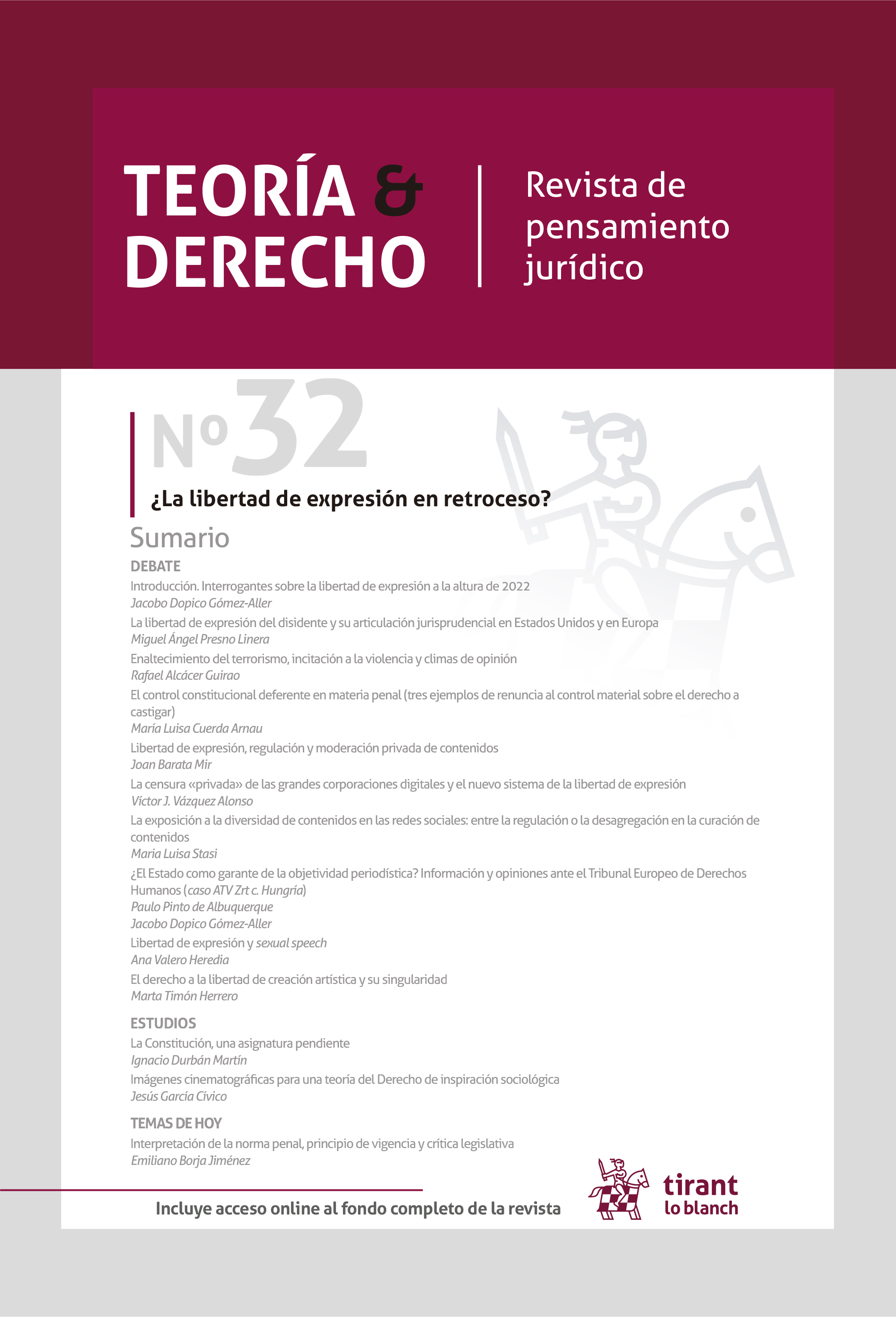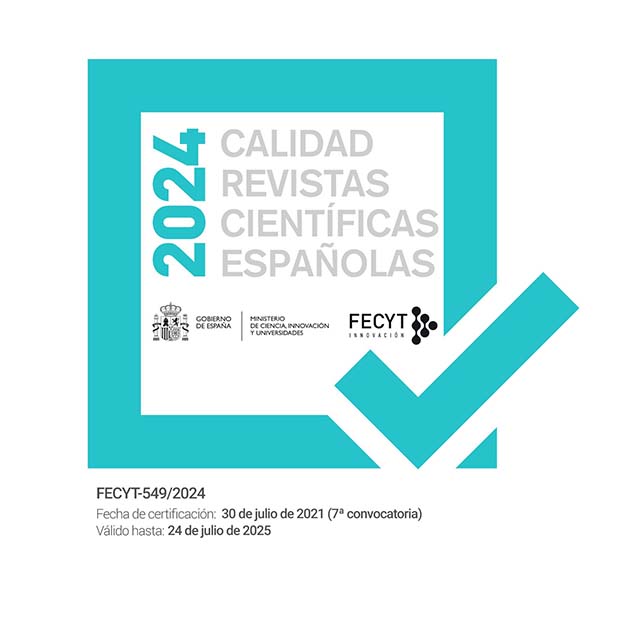THE RIGHT TO FREEDOM OF ARTISTIC CREATION AND ITS SINGULARITY
DOI:
https://doi.org/10.36151/td.2022.044Keywords:
Artistic freedom, art, singularity, fiction, necessity vs. gratuity, qualified protection, digital society and censorship, hiperreactionAbstract
The artistic dimension does not currently constitute a relevant element in the contextualization and consideration of the of artistic freedom of expression. However, the Spanish Constitution and constitutional jurisprudence recognize its autonomous character. Its uniqueness is given by its own features that must be valued by the jurisdiction. This requires the construction of a specific valuation canon that allows the application of qualified protection. In the construction of this canon, it is convenient to review the criterion of the need for expressions with respect to the transmitted message, whose counterpart (its gratuitous nature) is difficult to appreciate in the self-referential framework of the artistic phenomenon. Likewise, the need to reconfigure the contours of fundamental rights in the new context drawn by the digital society cannot be ignored, paying special attention to the mutation experienced by censorship(s) and the hyper-reaction to offense.
Downloads

Published
How to Cite
Issue
Section
License
Copyright (c) 2022 Teoría & Derecho. Revista de pensamiento jurídico

This work is licensed under a Creative Commons Attribution-NonCommercial-NoDerivatives 4.0 International License.




















